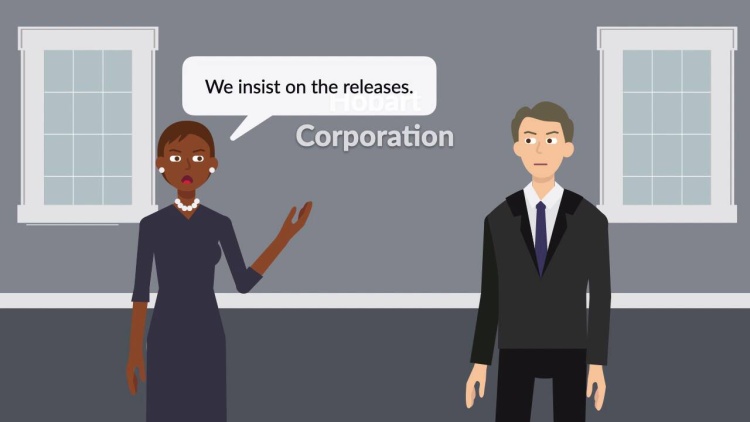Garwood Packaging, Inc. v. Allen & Company, Inc.
United States Court of Appeals for the Seventh Circuit
378 F.3d 698 (2004)

- Written by Josh Lee, JD
Facts
Garwood Packaging, Inc. (GPI) (plaintiff) was the creator of a food-packaging system that increased the shelf life of fresh meat. GPI did not do well in the business and had $3 million in debt by 1993. GPI engaged Allen & Company, Inc (Allen) (defendant) to assist in finding investors for GPI. Martin (defendant), a vice president of Allen, told GPI that Allen would consider investing $2 million in GPI if another investor made a comparable investment. Martin identified Hobart Corporation (Hobart) as another company that was willing to invest in GPI. Hobart planned to manufacture GPI packaging machines in exchange for equity in GPI. However, Hobart insisted on obtaining releases from GPI’s current creditors before investing. Allen had also decided to have other companies contribute to the $2 million that Allen was going to invest. These other companies also insisted on receiving releases from the current creditors. GPI knew that several of the creditors were unwilling to sign releases. Martin assured GPI that he would see the deal go through “come hell or high water.” GPI took several actions in response to this assurance, including forgiving certain personal loans and relocating officials to be near Hobart’s proposed manufacturing plant. However, Martin ended up withdrawing the $2 million investment, and the rest of the deal also fell through. GPI sued Allen and Martin under the theory of promissory estoppel, based on the assurance that the deal would go through “come hell or high water.” Allen and Martin moved for summary judgment. The district court granted summary judgment to Allen and Martin, and GPI appealed to the United States Court of Appeals for the Seventh Circuit.
Rule of Law
Issue
Holding and Reasoning (Posner, J.)
What to do next…
Here's why 899,000 law students have relied on our case briefs:
- Written by law professors and practitioners, not other law students. 47,000 briefs, keyed to 994 casebooks. Top-notch customer support.
- The right amount of information, includes the facts, issues, rule of law, holding and reasoning, and any concurrences and dissents.
- Access in your classes, works on your mobile and tablet. Massive library of related video lessons and high quality multiple-choice questions.
- Easy to use, uniform format for every case brief. Written in plain English, not in legalese. Our briefs summarize and simplify; they don’t just repeat the court’s language.





